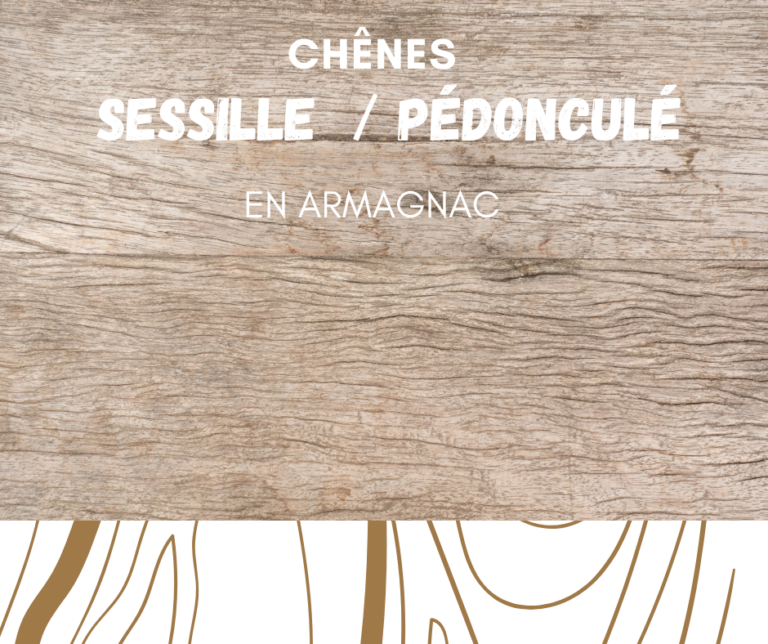Which oak for which barrel?
Similarities & differences
According to Armagnac specifications, aging must take place in French oak containers: pedunculate, sessile or crossbred.
Pedunculate oak and sessile oak are two tree species used in the production of barrels for Armagnac ageing. Although similar, these two types of oak have important differences.
Pedunculate oak is more commonly used in the production of casks for aging spirits, as it is more readily available and more affordable than sessile oak. Pedunculate oak also produces more porous casks, allowing better interaction between the spirit and the wood, and therefore better infusion of aromas.
Sessile oak is rarer and more expensive than pedunculate oak. It produces denser casks, which means less spirit can be absorbed. However, sessile oak is reputed to provide more subtle and delicate aromas.
Ultimately, the choice between pedunculate and sessile oak depends on the distiller’s personal taste and the desired complexity of the final product.
Il faut savoir qu’historiquement le chêne pédonculé (ou noir de Gascogne) était utilisé car plus proche du territoire où l’on produit l’Armagnac.
Two morphologically similar species
Two oak species are dominant in French forests: Pedunculate oaks (Quercus robur L.) and Sessile oaks (Quercus petraea Liebl.), covering around 6 million hectares.
They therefore play a very important role in the wood economy. To distinguish them in the forest, you need to look at their morphological characteristics, particularly the leaves and acorns, which differ in shape and distribution from one species to
These differences are not always easy to visualize, even for seasoned foresters, especially as there are so many hybrids. What’s more, these morphological characteristics can’t be used on oak logs used by coopers, who get their supplies from roadside felled trees.
Morphological differences
Traditionally, sessile oak, richer in aromatic compounds, is preferred for aging wines, while pedunculate oak, richer in tannins, is used more for aging spirits.
However, a number of factors, such as geographical origin, ecological conditions during growth, etc., lead to great variability in this molecular composition. This means that knowledge acquired through experience, such as tree forest of origin, grain or ring width, cannot be used with certainty to identify the species.
Using mass analysis techniques, the chemists identified the molecular structures of discriminating compounds in pedunculate and sessile oaks. Simple terpene compounds or dimers such as roburosid A were the main markers for pedunculate oak, while for sessile oak, the markers were lactone precursors and sugar-linked triterpenes called quercotriterpenosides.

